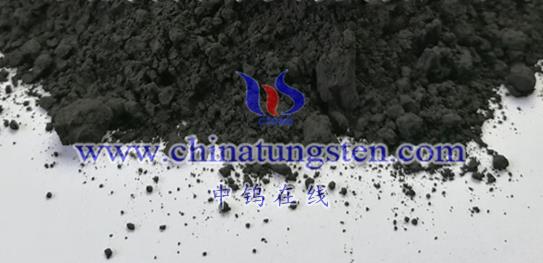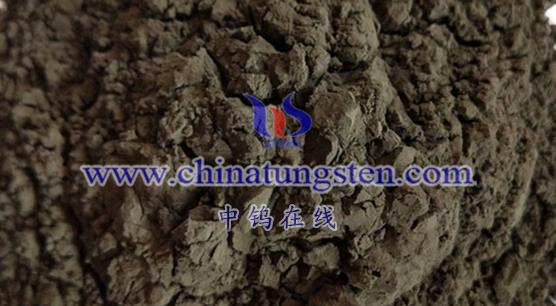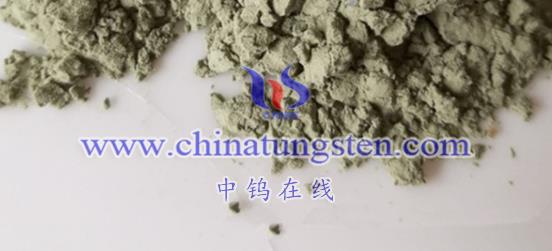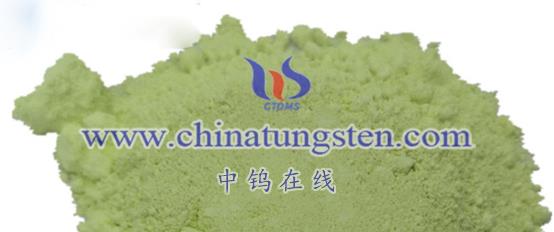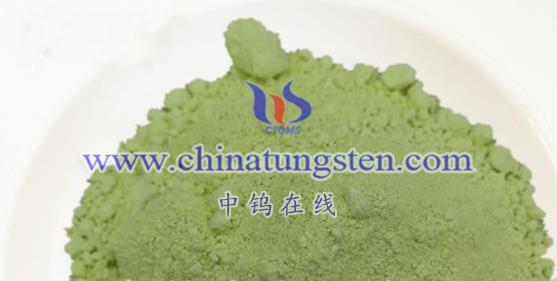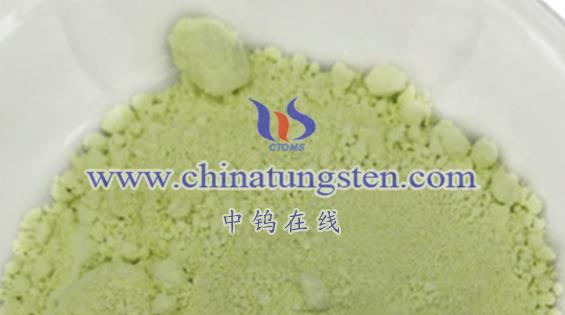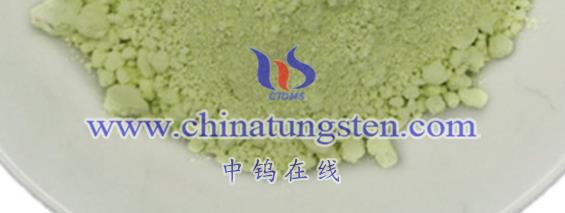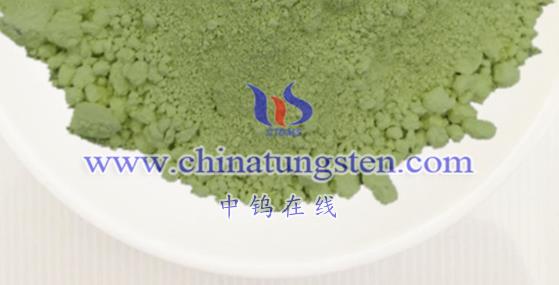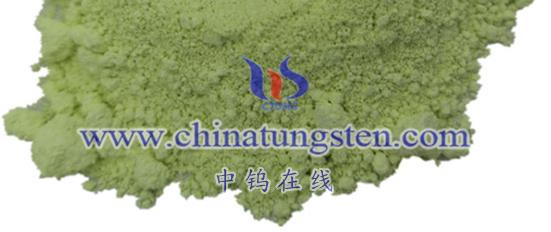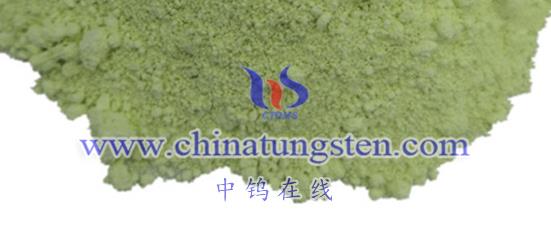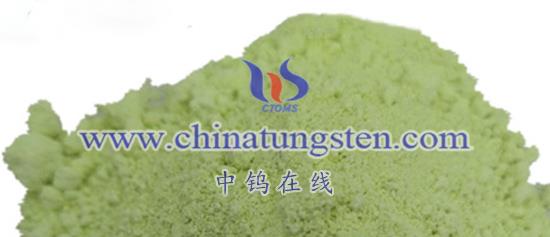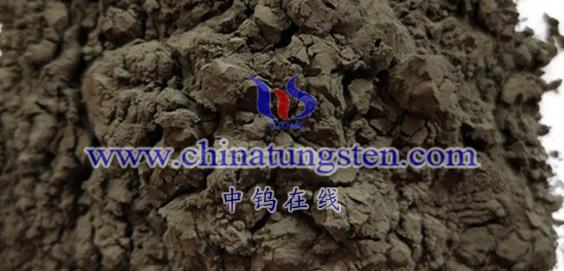
Tungsten oxide nanoparticles (WO₃) exhibit excellent gas-sensitive properties, making them suitable for detecting various gases in environmental monitoring and industrial applications. Here’s a detailed look at the application of WO₃ in gas sensing:
- Gas Detection and Monitoring
- Wide Detection Range:
WO₃-based gas sensors can detect a wide variety of gases, including combustible gases such as carbon monoxide (CO), methane (CH₄), and hydrogen (H₂); toxic gases such as nitrogen oxides (NOx), sulfur dioxide (SO₂), and ammonia (NH₃); as well as volatile organic compounds (VOCs). - High Sensitivity and Selectivity:
Due to its large specific surface area and considerable resistance changes upon exposure to gases, WO₃ exhibits high sensitivity and selectivity. This allows the sensor to accurately detect target gases while minimizing interference from other non-target gases, enhancing detection accuracy.
- Industrial Applications
- Petrochemical Industry:
In the petrochemical sector, WO₃ gas sensors are used to monitor the leakage of toxic and harmful gases, such as carbon dioxide (CO₂), nitrogen oxides, and sulfur oxides, ensuring safety during production processes. - Power Industry:
In the electrical industry, WO₃ sensors can be used to detect hydrogen gas levels in transformer oils, preventing potential fire hazards and other safety risks by signaling early warning signs of malfunction.
- Environmental Protection and Safety
- Environmental Monitoring:
WO₃ gas sensors are used to monitor environmental pollution, particularly in tracking the concentration of harmful gases in the atmosphere. This provides critical data for environmental protection and pollution control. - Safety Monitoring:
WO₃ sensors are also used in environments where harmful gas concentrations need to be continuously monitored, such as in coal mines, tunnels, and industrial zones, ensuring the safety of workers by providing real-time alerts for hazardous gas levels.
- Improving Sensor Performance
- Composite Materials:
To enhance the performance of WO₃ gas sensors, researchers often combine WO₃ with other materials, such as noble metals or two-dimensional (2D) materials. These composites benefit from synergistic effects between the components, further improving the sensitivity, selectivity, and stability of the sensor. - Structural Optimization:
Optimizing the structure of WO₃, such as using nanowires or nanosheets, can significantly enhance its gas-sensing performance. These structures increase the surface area and the number of active sites, boosting the sensor’s response to target gases.
- Practical Applications
WO₃ gas sensors are widely used in industries such as chemical processing, electronics, power generation, and oil production. They are employed to detect harmful gas emissions in industrial exhaust, monitor indoor air quality, and ensure safety in environments like food storage.
In summary, the exceptional gas-sensitive properties of tungsten oxide nanoparticles make them highly suitable for gas detection and monitoring. As research continues and new advancements are made, the performance of WO₃-based gas sensors will continue to improve, offering even broader applications in both environmental protection and industrial safety.
More details of tungsten oxide product, please visit website: tungsten-oxide.com
Please contact CHINATUNGSTEN for inquiry and order of tungsten oxide:
Email: sales@chinatungsten.com
Tel.: 86 592 5129595
